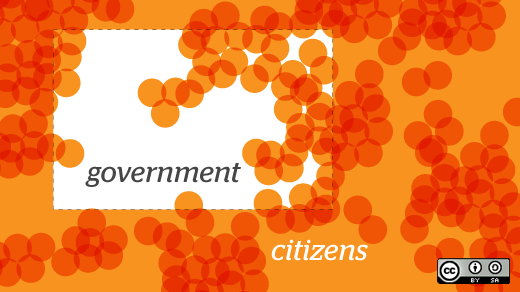Recognizing the role of open source and open standards in innovation, the European Commission released yesterday its long-awaited “European Interoperability Framework.” This official policy (the “EIF”) for European “public administrations” is the first update to the original 2004 Framework and was adopted:
-
to promote and support the delivery of European public services by fostering cross-border and cross-sectoral interoperability;
-
to guide public administrations in their work to provide European public services to businesses and citizens; and
-
to complement and tie together the various National Interoperability Frameworks (NIFs) at European level.
The EIF is more than just a typical paper from another government committee. Rather, it is the result of a multi-year, multi-stakeholder effort that sets out to shift the paradigm for IT deployment in the public sector. Indeed, the EIF “should be taken into account when [governments are] making decisions on European public services that support the implementation of EU policy initiatives... [and] should also be considered when establishing public services that in the future may be reused as part of European public services.”
The Commission took its responsibility to consider the interests of both the open source and proprietary communities seriously and, while not perfect, has sought a practicable compromise in good faith. Commissioner Neelie Kroes and the entire Commission are to be commended for adopting this policy and holding firm against intense pressure to eliminate recommendations for open technologies altogether.
A central theme of the EIF is the underlying principle of Openness (Sec. 2.10) where “persons, organisations or other members of a community of interest ... share knowledge and stimulate debate within that community, the ultimate goal being to advance knowledge and the use of this knowledge to solve problems. ” The European Commission recognizes that open technologies are a key to achieving interoperability, and therefore recommends that, “European public administrations should aim for openness,” including “[a]pplying the principle of openness when jointly developing custom-made software systems [so that] European public administrations generate results that can be interconnected, reused and shared, which also improves efficiency. ”
In drawing from another lesson of the open source community, the EIF also establishes the underlying principle of Reusability (Sec. 2.11) whereby “public administrations must be willing to share with others their solutions, concepts, frameworks, specifications, tools and components,” including using collaborative platforms, tools, specifications and components.
The key element of the EIF – indeed, the determinant of its success or failure – will be how its emphasis on use of “open specifications” or open standards is implemented in practice. European governments are called upon to “prefer open specifications, taking due account of the coverage of functional needs, maturity and market support” when establishing public services. According to the EIF, standards that best implement the goals of the EIF are open when they meet the following criteria:
-
All stakeholders have the same possibility of contributing to the development of the specification and public review is part of the decision-making process;
-
The specification is available for everybody to study;
-
Intellectual property rights related to the specification are licensed on FRAND or royalty-free terms in a way that allows implementation in both proprietary and open source software.
The latter point, highlighting the benefits of open source and of reducing barriers to entry by ensuring that open standards can be implemented on royalty-free terms, emphasizes that “[t]his fosters competition since providers working under various business models may compete to deliver products, technologies and services based on such specifications.”
Is the new EIF perfect? No. Due to heavy lobbying by vested proprietary technology interests, some key sections of the EIF have been made confusing (indeed, the definition of 'open standards' has been watered down from the 2004 version and no longer includes the requirement of being 'royalty-free'). The definition of “open” standards or specifications remains a matter of some contention in the IT industry. An example of a more accurate definition of open standards can be found in the recently released India Standards Policy for E-Governance, which specifies that intellectual property should be licensed royalty-free and that any required specifications should be technology-neutral.
While the new definition does not give the open source and open standards community all it would have wished for, and some will certainly criticize the result, the EU's policy should still be applauded as an overall statement in favor of openness. At its heart is a reaffirmation of openness and the recognition that open source is not only a key element of – but also a growing factor in -- Europe's IT agenda.
Red Hat and the open source and open standards community will continue to work for royalty free IPR licensing policies that level the playing field and promote consumer choice. Given this latest announcement in EU policy, the open source and open standards community will have to be vigilant to ensure that this policy is implemented in a meaningful way and achieves its true goal: interoperability, vendor choice, portability, collaborative innovation and competition in providing products and services.







Comments are closed.